£13.55
Mesoamerican Mythology: A Captivating Guide to Maya Mythology, Aztec Mythology, Inca Mythology, and Central American Myths (World Mythologies)
- Maya Mythology: Captivating Maya Myths of Gods, Goddesses and Legendary Creatures
- Aztec Mythology: Captivating Aztec Myths of Gods, Goddesses, and Legendary Creatures
- Inca Mythology: Captivating Inca Myths of Gods, Goddesses, and Legendary Creatures
- Central American Mythology: Captivating Myths of Gods, Goddesses, and Legendary Creatures of Ancient Mexico and Central America
In the first part of this book, you’ll find the following Maya myths and topics covered
- Two Creation Myths
- The Downfall of Seven Macaw
- The Boyhood Deeds of Hunahpu and Xbalanque
- Ballgames in Xibalba
- The Deaths and Resurrections of Hunahpu and Xbalanque
- The Man Who Became a Buzzard
- How the Sun and Moon Became Man and Wife
- Rabbit Gets His Drink
- And many more!
In the second part of this book, you’ll find the following Aztec myths and topics covered
- The Legend of the Suns
- The Deeds of Mixcoatl
- The Origin of Maize and the Creation of Pulque
- The Fall of Xochiquetzal
- The Fate of Souls
- Huitzilopochtli and the Founding of Tenochtitlan
- Huemac Plays the Ball Game
- And many more!
In the third part of this book, you’ll find the following Inca myths and topics covered
- Stories of the Gods
- Inca Political Myths
- Five Andean Folktales and an Inca Play
- And much, much more!
In the fourth part of this book, you’ll find the following Central American myths and topics covered
- Olocupinele Creates the World (Dule/Cuna, Panama)
- Watakame’ and the Great Flood (Wixáritari/Huichol, Mexico)
- Yomomuli and the Talking Tree (Yoeme/Yaqui, Mexico)
- How the Sea Was Made (Cabécar, Costa Rica)
- Mother Scorpion’s Country (Miskito, Nicaragua)
- The Childhood of the Sun and the Moon (qne-a tnya-e/Chatino, Mexico)
- The Invisible Hunters (Miskito, Nicaragua)
- The King of the Peccaries (Bribri, Costa Rica)
- How Opossum Stole Fire (Mazatec, Mexico)
- Uncle Rabbit and Uncle Tiger (Nicaragua)
- And much, much more!
So if you want to learn more about these four mythologies, click “buy now”!
| Dimensions | 15.24 × 2.06 × 22.86 cm |
|---|---|
| Publisher | Independently published (15 April 2019) |
| Language | English |
| Paperback | 324 pages |
| ISBN-10 | 1094609978 |
| ISBN-13 | 978-1094609973 |
| Dimensions | 15.24 x 2.06 x 22.86 cm |
8 reviews for Mesoamerican Mythology: A Captivating Guide to Maya Mythology, Aztec Mythology, Inca Mythology, and Central American Myths (World Mythologies)
Related products
Persians: The Age of The Great Kings
£7.49THE PERSIANS is a definitive new history of the Persian Empire, the world’s first superpower.
The Great Kings of Persia ruled over the largest Empire of antiquity, stretching from Libya to the Steppes of Asia, and from Ethiopia to Pakistan. At the heart of the Empire was the fabled palace-city of Persepolis where the Achaemenid monarchs held court in unparalleled grandeur. From here, Cyrus the Great, Darius, Xerxes, and their heirs passed laws, raised armies, and governed their multicultural Empire of enormous diversity.
The Achaemenids, however, were one of the great dysfunctional families of history. Brothers fought brothers for power, wives and concubines plotted to promote their sons to the throne, and eunuchs and courtiers vied for influence and prestige.
Our understanding of the Persian Empire has traditionally come from the histories of Greek writers such as Herodotus – and as such, over many centuries, our perspective has been skewed by ancient political and cultural agendas. Professor Llewellyn-Jones, however, calls upon original Achaemenid sources, including inscriptions, art, and recent archaeological discoveries in Iran, to create an authentic ‘Persian Version’ of this remarkable first great empire of antiquity – the Age of the Great Kings.
Rome and Attila: Rome’s Greatest Enemy (The Fall of the Roman Empire)
£11.99In the first major work written about Attila in decades, Nick Holmes rewrites the story of Attila and Rome. Contrary to his brutal legend, Attila was a complex and captivating personality. A great warlord who despised ostentation, admired bravery and valued loyalty.
He led his steppe nomads further west than Genghis Khan or Tamerlane. He nearly destroyed the Roman Empire. But his vast ambition undid him. This book is a must read for those interested in Rome, the Huns and military history.
This is the third volume in Nick Holmes’ series on The Fall of the Roman Empire. The first volume,
The Roman Revolution, covers the little known ‘crisis of the third century’ when barbarian invasions nearly destroyed classical Rome and led to a revolution in Roman government, the army and religion, including the extraordinary growth of Christianity. The second volume, The Fall of Rome, covers the barbarian invasions of the western half of the empire, culminating in the sack of Rome itself by the Goths in AD 410. Further volumes will continue Rome’s turbulent history, from its revival under the emperor Justinian to the rise of Islam, the beginnings of Byzantium and the dawn of the Middle Ages.Whispers of the Ancients: The Genetic Secrets of the Balkans: Myths, DNA, and the Untold Story of the Balkans
£14.99Their origins, migrations, and the transformations of entire peoples are written into the bloodlines of the present. Beneath the myths and legends passed down through centuries lies something far older—fragments of history encoded within us, waiting to be uncovered. The past is not lost. It lives, hidden in the shadows of time, waiting for those who dare to look.
Cosmic Legacy of Ancient Egypt
£15.49Today, we do not use our ancient cosmic orientation to relate to the natural world as we once did. It’s no longer determined by where we are or what time it is by the Sun’s daily motion across the sky. Our perception of the outside world has changed, and we have lost our sense of wholeness within a great system. Factors such as our work and play rhythms, clothing, diet, and travel are affected by climatic and seasonal factors. These factors affect our unconscious sense of timing and our ability to communicate with nature, which we often overlook.
Often we marvel at the apparent serenity and spiritual confidence of ancient people, forgetting that their tools were taught and used within an environment that encouraged them to recognize and embrace natural and divine forces. These tools enabled one to maintain a profound sense of cosmic orientation, keep it, and view one’s role as actual spiritual work. In ancient Egypt, a man named Al was gifted with a sense of cosmic orientation.
As dams have been constructed in our era, the Nile no longer produces an annual flood, but understanding the rhythm of that event and others associated with it is essential to understanding Egyptian rituals and ceremonies. To restore cosmic orientation, we need to leave our temporal field of time and enter the visible universe of ancient Egypt, where cosmic rhythms sustained human life, nature, and even the gods.
For Egyptians, both secular and spiritual matters were governed by the concept of time. Even though the gods’ realms (Neheh) were considered eternal, they were also continuous and manifested in cycles. According to cosmic life’s ebbs and flows, gods appeared at different times but were lasting and constant. Through the medium of heavenly bodies, events take place in linear time (Djet) and according to the ebb and flow of cosmic life. The three dimensions of cosmic activity were thought to be formed by three distinct rhythms, the lunar, solar, and stellar.
The History of the Peloponnesian War (Classics)
£12.49‘With icy remorselessness, it puts paid to any notion that the horrors of modern history might be an aberration – for it tells of universal war, of terrorism, revolution and genocide’ Tom Holland
The long life-and-death struggle between Athens and Sparta plunged the ancient Greek world into decades of war. Thucydides was an Athenian and achieved the rank of general in the earlier stages of the war, and in this detailed, first-hand contemporary account he writes as both a soldier and a historian. He applies a passion for accuracy and a contempt for myth and romance in compiling a factual record of a ruinous conflict that would eventually destroy the Athenian empire.
Translated by Rex Warner with an introduction and notes by M. I. Finley

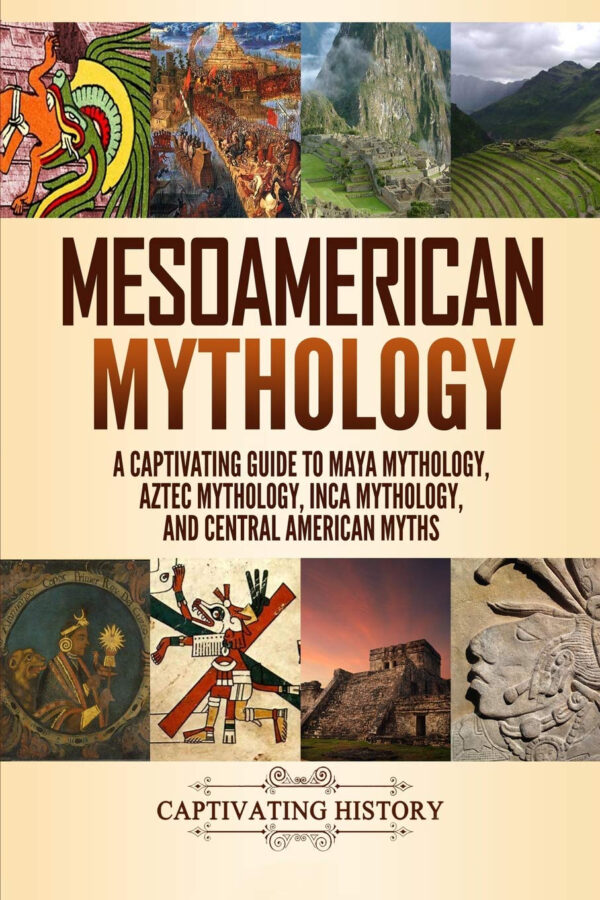
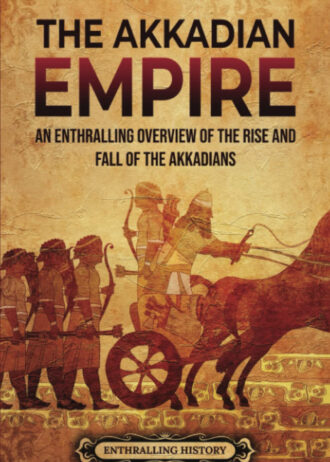
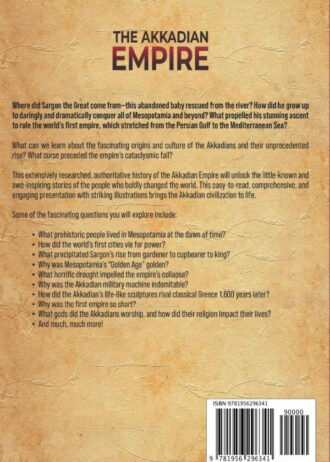
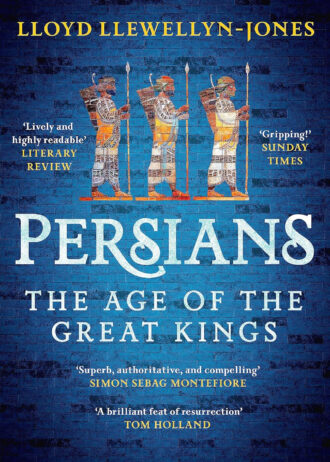
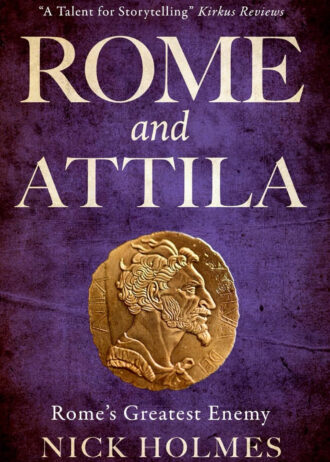
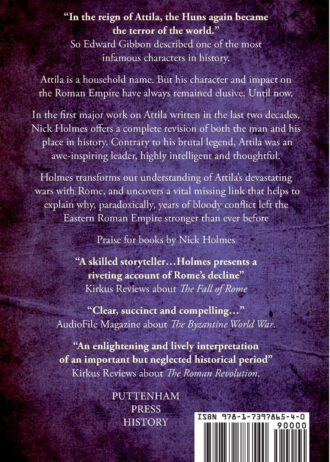
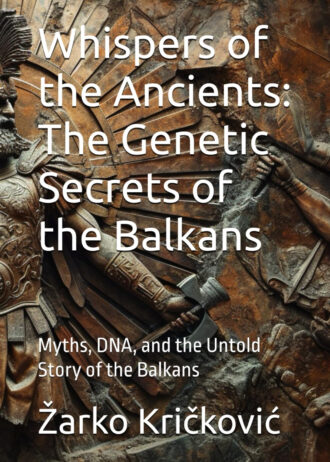
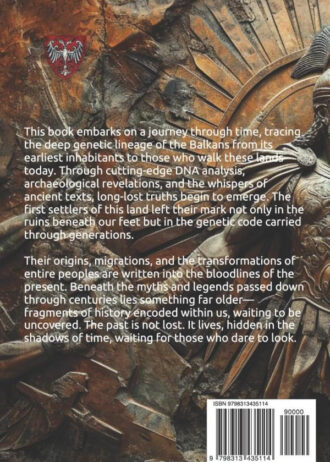


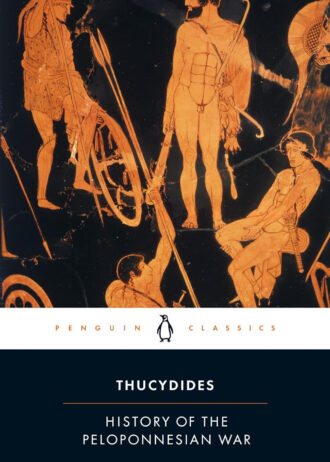
Barry Willliams –
good
ben –
Very interesting, niche book. Delivered on time and in great condition.
Toby –
I found the book disappointing, pages cheap no pictures and everything about it was disappointing
Yolanda Bedolla –
Messoamerica mythology
I am still reading both books interested me on history
Deysi –
love it
It is really fun and interesting
Princess Chanteuse Sparkles Sous Vide –
Basic
I mean really basic. The writing style is dull and boring and pedestrian. like it was written for maybe a 6th grade history class? Also no maps no pictures no pronunciation guides. I’d skip it.
Lloyd Hunt –
Children stories
I assume I was getting a book on the myths of these civilizations but instead I got child stories from said civilizations. Like our Peter Pan story. Childhood stories. I wanted to learn about the myths. Bad title.
Dean Clarke –
Not what is claims to be
This book is clearly aimed at very young audience, children’s stories for children; shame.